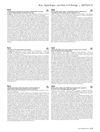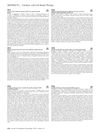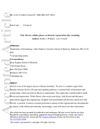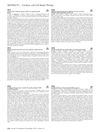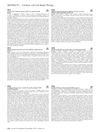CRISPR/Cas9-Based Targeted Genome Editing for Correction of Recessive Dystrophic Epidermolysis Bullosa Using iPS Cells
September 2019
in “
Journal of Investigative Dermatology
”
CRISPR/Cas9 genome editing COL7A1 gene recessive dystrophic epidermolysis bullosa RDEB induced pluripotent stem cells iPSCs exon 19 exon 32 3D skin constructs type VII collagen anchoring fibrils xeno-free iPSC reprogramming GMP certified Cas9 protein chemically modified synthetic guide RNA single-stranded DNA repair templates CRISPR gene editing stem cells skin constructs collagen guide RNA DNA repair templates
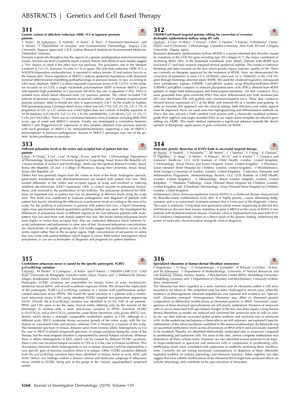
TLDR The research showed that CRISPR/Cas9 can fix mutations causing a skin disease in stem cells, which then improved skin grafts in mice, but more work on safety and efficiency is needed.
The study explored the potential of CRISPR/Cas9-based genome editing to correct mutations in the COL7A1 gene, which causes recessive dystrophic epidermolysis bullosa (RDEB). Researchers used induced pluripotent stem cells (iPSCs) from RDEB patients to repair mutations in exon 19 and exon 32 of the gene. They then created 3D skin constructs from the corrected iPSCs and grafted them onto mice. The grafts exhibited normal type VII collagen expression and anchoring fibrils after 2 months, demonstrating a promising step towards gene correction therapy for RDEB. However, the study highlighted the need for improved efficiency and safety for clinical application. Techniques included xeno-free iPSC reprogramming and differentiation, use of GMP certified Cas9 protein, chemically modified synthetic guide RNA, and single-stranded DNA repair templates.

